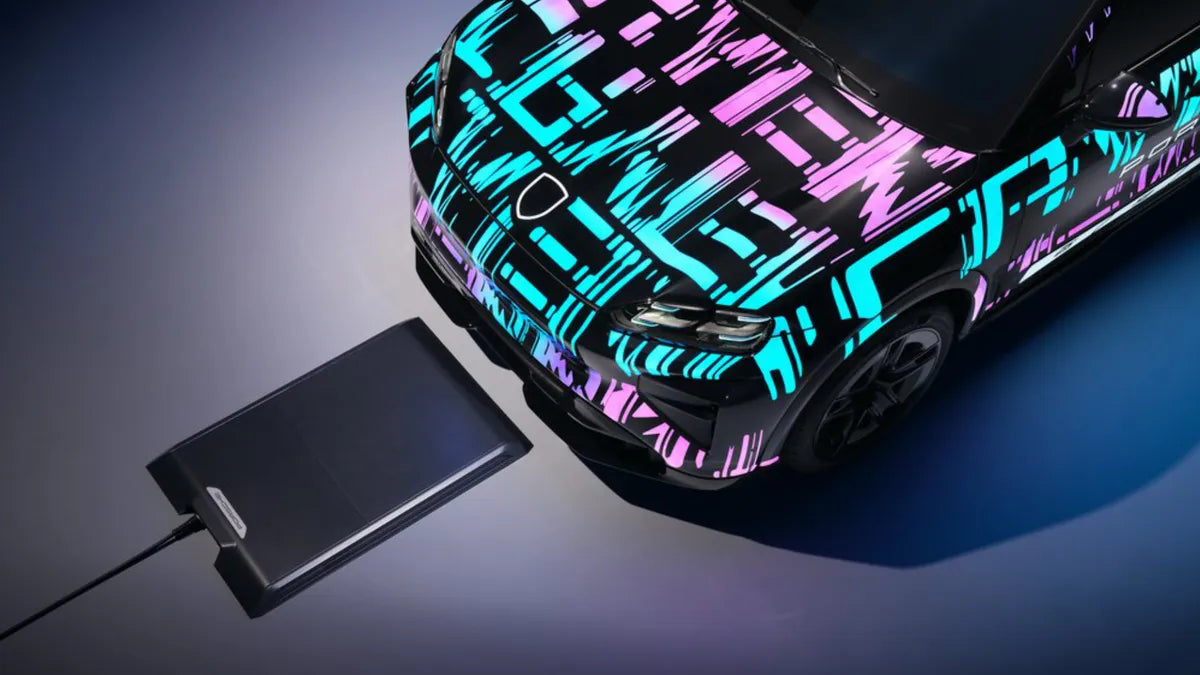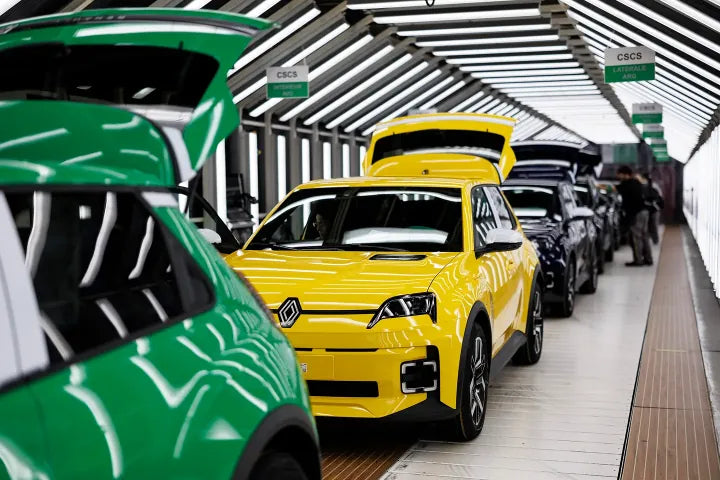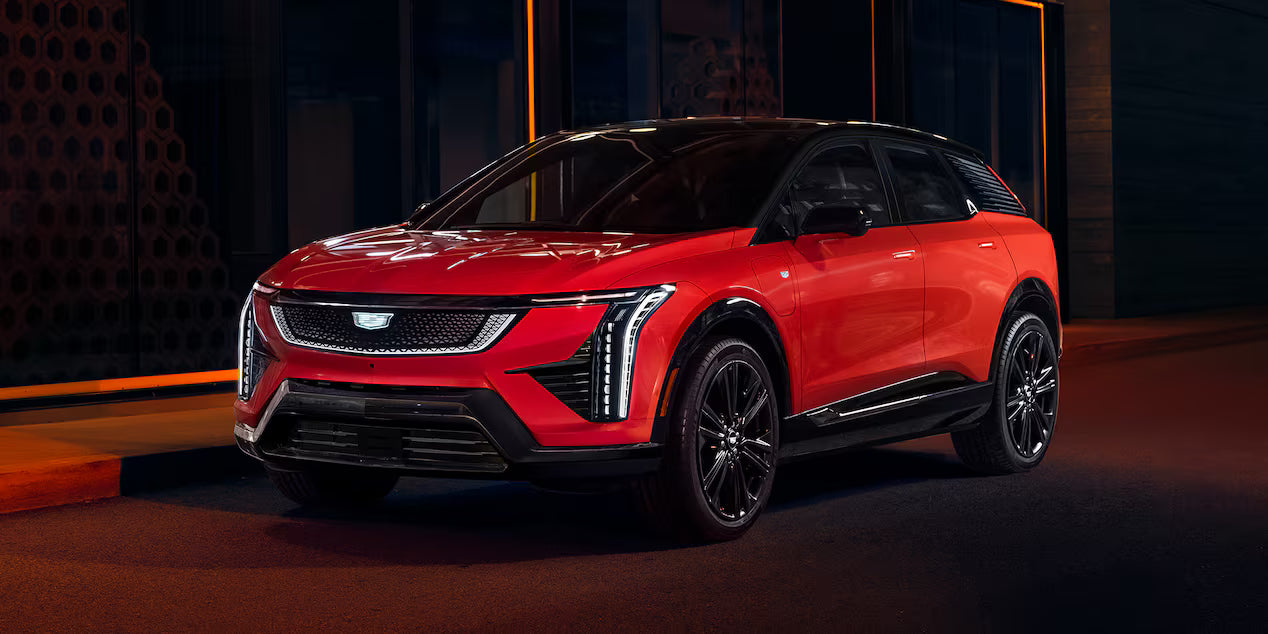The EV charging industry is evolving at lightning speed. From ultra-fast charging systems to wireless and bidirectional innovations, the next generation of EV charging technologies promises to make electric mobility faster, smarter, and more convenient than ever. Here’s a look at the most promising upcoming EV charging technologies that are shaping the future of the electric vehicle landscape.
1. Ultra-Fast Charging (800V+ Systems)
One of the biggest limitations for EV adoption has always been charging time. But with the rise of 800-volt charging systems, the industry is closing the gap between EVs and traditional refueling.
Vehicles like the Porsche Taycan, Hyundai Ioniq 5, and Kia EV6 already use 800V architectures, which allow them to add 200+ miles of range in under 20 minutes using compatible chargers.
Upcoming advancements from companies like ABB, Tritium, and Siemens aim to push this even further, offering chargers capable of 1,000V or even 1,200V outputs. These new-generation DC fast chargers will reduce wait times to 5–10 minutes per session, bringing EV charging closer than ever to the convenience of gas stations.

2. Solid-State Battery Integration
While technically a battery innovation, solid-state batteries will transform the charging experience. With higher energy density and improved thermal management, these batteries can handle faster charging rates without overheating.
Toyota, Nissan, and QuantumScape have announced plans to release solid-state battery EVs as early as 2027. Combined with ultra-fast charging infrastructure, drivers could see charging times drop to under 10 minutes for 80% capacity.
More importantly, the enhanced durability of solid-state cells means less battery degradation over time, improving long-term performance and sustainability.

3. Wireless (Inductive) Charging Systems
Imagine simply parking your EV over a pad and watching it charge — no cables, no plugs. Wireless charging is no longer science fiction.
Companies like WiTricity, Electreon, and HEVO Power are bringing inductive charging technology to both home and public charging scenarios. The system uses electromagnetic fields to transfer power between a ground pad and a receiver mounted under the car.
Electreon is currently testing dynamic wireless charging roads in Sweden and Israel, allowing EVs to charge while driving. If successful, this could revolutionize logistics and fleet operations, significantly reducing downtime and the need for large battery packs.

4. Bidirectional Charging (V2G, V2H, V2L)
Bidirectional charging is becoming a key feature in next-gen EVs. Instead of just drawing energy from the grid, cars will be able to send electricity back to homes or the grid itself.
-
V2H (Vehicle-to-Home): Power your house during outages or peak hours using your EV battery.
-
V2G (Vehicle-to-Grid): Sell excess energy back to the utility to help balance demand.
-
V2L (Vehicle-to-Load): Power external devices — from camping gear to tools — directly from your EV.
Automakers like Ford (F-150 Lightning), Hyundai, Kia, and Nissan already offer versions of this technology. Looking forward, Tesla’s NACS system is expected to incorporate V2H and V2G functions within the next two years.
This technology represents not only convenience but also a major step toward a decentralized, resilient energy ecosystem.

5. Plug-and-Charge Authentication (ISO 15118)
The future of charging isn’t just about speed — it’s also about seamless user experience. Plug-and-Charge technology, standardized under ISO 15118, eliminates the need for apps, RFID cards, or payment screens.
When an EV connects to a compatible charger, the vehicle automatically authenticates and handles billing through encrypted communication.
Networks like Electrify America, EVgo, and IONITY are rolling out support for Plug-and-Charge across North America and Europe. Tesla’s Supercharger network, using the NACS standard, already integrates this concept natively.
This means drivers can simply plug in and walk away — charging will start, stop, and bill automatically.
6. Smart Grid and AI-Powered Load Balancing
As EV adoption skyrockets, managing power demand will become critical. That’s where AI and smart grid integration come into play.
Modern charging networks are developing systems that use real-time data and predictive algorithms to balance grid load, optimize charging schedules, and reduce costs. For example:
-
AI-powered chargers from Enel X, ChargePoint, and Wallbox can delay or accelerate charging depending on grid demand and electricity rates.
-
Dynamic pricing systems encourage users to charge during off-peak hours, easing strain on local grids.
In the long term, this will enable self-optimizing charging networks that can adapt to weather conditions, renewable energy input, and user behavior — all automatically.
7. Modular and Mobile Charging Solutions
For areas where charging infrastructure is still developing, mobile and modular chargers are providing flexible alternatives.
Companies like SparkCharge, FreeWire Technologies, and ZipCharge are developing battery-powered mobile charging units that can deliver Level 3 DC power anywhere — perfect for roadside assistance, events, or fleet operations.
Meanwhile, modular charging stations allow operators to expand capacity easily without major construction. This adaptability ensures that charging networks can scale quickly with EV demand and reach underserved regions faster.
8. Next-Generation Connector Standards
The race for a universal charging standard continues. The adoption of the North American Charging Standard (NACS) by major automakers — including Ford, GM, Rivian, and Hyundai — marks a turning point in EV interoperability.
NACS connectors are smaller, lighter, and capable of handling up to 1,000V and 1,000A, making them future-proof for ultra-fast charging.
Meanwhile, the MCS (Megawatt Charging System) standard is under development for heavy-duty vehicles, capable of delivering up to 3.75 MW of power for trucks and buses.
These standards will simplify the user experience, improve charging compatibility, and accelerate the global shift toward a unified EV ecosystem.

9. Cooling and Thermal Management Advances
As charging power increases, so does the need for efficient cooling. New technologies like liquid-cooled charging cables and phase-change materials are emerging to handle higher electrical loads safely.
Companies such as HUBER+SUHNER and Phoenix Contact have developed liquid-cooled connectors that can safely deliver up to 600A continuously without overheating.
This means ultra-fast charging stations can operate reliably even in extreme heat or cold, minimizing downtime and extending equipment life.
Conclusion: A Smarter, Faster, More Connected Future
The EV charging industry is on the verge of a transformation. From wireless charging pads to AI-driven grid balancing and bidirectional energy sharing, the next generation of technologies is set to make EV ownership easier, safer, and more sustainable.
While some of these systems are still in pilot stages, many — like Plug-and-Charge, 800V charging, and bidirectional support — are already rolling out in 2025 and beyond.
As these innovations become mainstream, charging an EV will soon be as simple, fast, and intuitive as filling up a gas tank — minus the emissions.
Recommend Reading: ChargePoint Unveils DC Microgrid Tech for Cheaper EV Charging








Share:
Traveling with Kids in an EV: Tips for Stress-Free Trips
EV-Friendly National Parks in North America